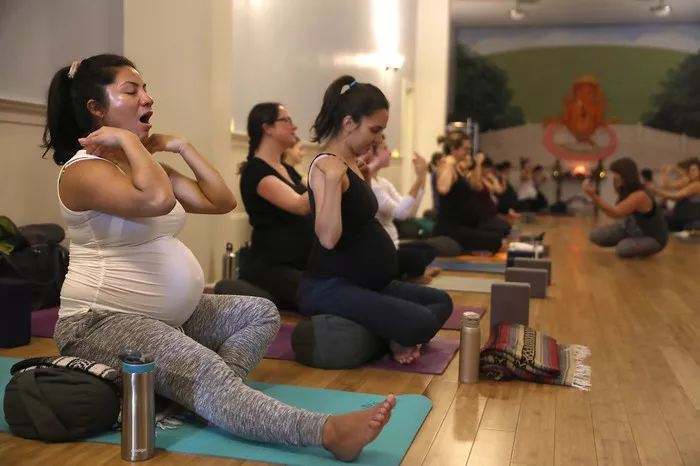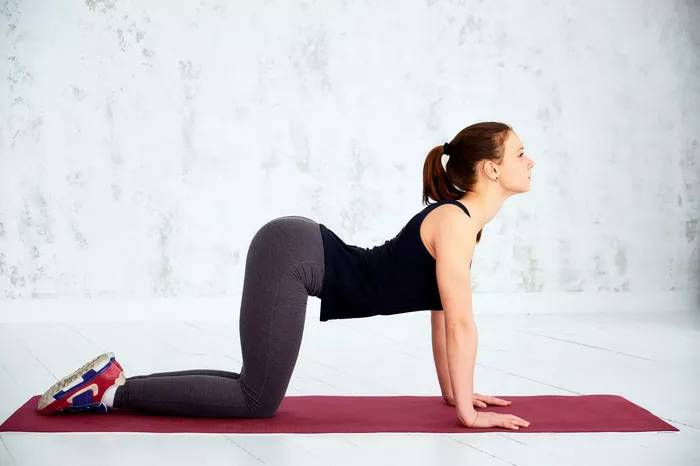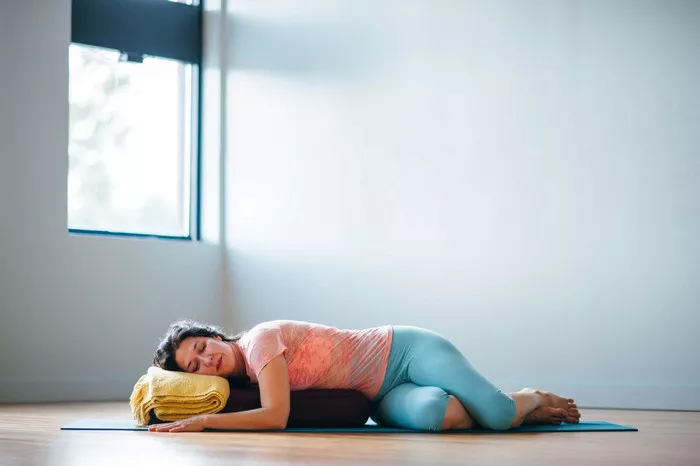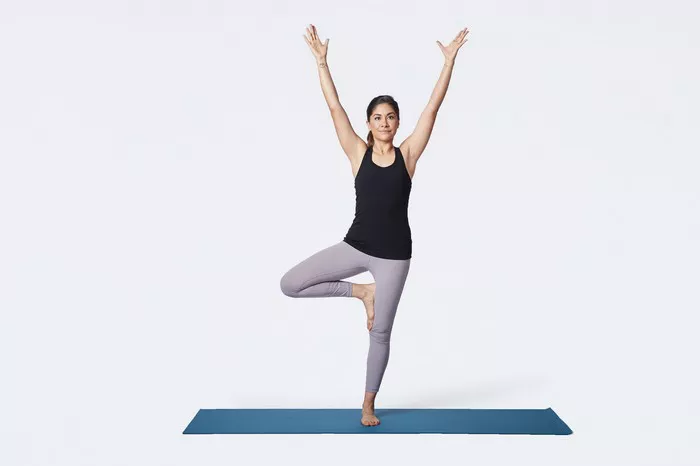Pigeon Pose, or Eka Pada Rajakapotasana, is a deeply restorative and dynamic pose in yoga that offers numerous physical and mental benefits. As with most yoga poses, the amount of time you should stay in Pigeon Pose depends on several factors, including your experience level, your body’s flexibility, and the specific goals of your practice. In this article, we will explore the various aspects of Pigeon Pose, including its benefits, variations, and guidelines on how long to stay in the pose for optimal results.
Understanding Pigeon Pose
Pigeon Pose is a seated, hip-opening posture that targets the hip flexors, glutes, thighs, and lower back. The pose is named after the graceful and open shape that resembles a pigeon’s extended wing. It is an intermediate-level pose that can be modified to accommodate different levels of flexibility and strength.
There are two main variations of Pigeon Pose:
The Traditional Pigeon Pose (Eka Pada Rajakapotasana) – The front leg is bent in front of the body, while the back leg is extended straight behind you on the floor.
King Pigeon Pose (Raja Kapotasana) – This is a deeper backbend version of the pose where, after setting up in traditional Pigeon, the practitioner bends the back leg and reaches for the foot, pulling it towards the head.
Pigeon Pose is commonly practiced in Vinyasa, Hatha, and restorative yoga sessions. It is especially beneficial after long periods of sitting or during a practice that involves deep stretching and hip openers. The pose helps release tension in the hips, a common area where stress accumulates due to modern lifestyles, sitting at desks, or engaging in high-intensity activities.
The Benefits of Pigeon Pose
Before diving into how long to stay in Pigeon Pose, it’s important to understand why you should incorporate this pose into your practice. Pigeon Pose offers several physical and mental benefits:
1. Hip Opening
The primary benefit of Pigeon Pose is its ability to open the hips. By stretching and releasing the muscles around the hips, such as the hip flexors, glutes, and deep hip rotators, Pigeon Pose helps to increase the range of motion in the hip joint. This is especially important for individuals who spend long hours sitting, as it counteracts the stiffness that builds up in the hips.
2. Stretching the Glutes and Lower Back
Pigeon Pose provides a deep stretch for the gluteal muscles, particularly the piriformis muscle, which is often tight in individuals who sit for long periods or engage in activities like running and cycling. By stretching this muscle, Pigeon Pose helps alleviate lower back pain and discomfort. The pose also targets the lower back, promoting flexibility and releasing built-up tension.
3. Relieving Stress and Anxiety
Yoga poses like Pigeon Pose are deeply grounding and calming, making them excellent for stress reduction. The deep stretch in the hips can release emotional tension stored in the body, allowing for a greater sense of relaxation. The gentle forward fold that accompanies Pigeon Pose can help activate the parasympathetic nervous system, triggering the body’s relaxation response.
4. Improving Posture
By stretching the hip flexors and lengthening the spine, Pigeon Pose helps to promote better posture. Sitting for extended periods can cause the hip flexors to tighten, leading to a misalignment of the pelvis and spine. By regularly practicing Pigeon Pose, you can counteract these effects, promoting better alignment in your day-to-day life.
5. Increasing Flexibility
This pose also helps improve flexibility, especially in the hips, hamstrings, and thighs. This increased flexibility can benefit other yoga poses and physical activities like running, cycling, or swimming. It also helps reduce the risk of injury by improving the body’s range of motion.
How Long to Stay in Pigeon Pose?
The duration for holding Pigeon Pose can vary depending on your practice and experience level. As with any yoga pose, listening to your body is key. However, there are some general guidelines that can help you determine how long to hold Pigeon Pose for maximum benefit.
Beginners
For those new to yoga or to Pigeon Pose, it is important to start slowly and focus on your alignment. Beginners should hold Pigeon Pose for about 30 seconds to 1 minute per side. This duration will allow your body to ease into the pose and help you become familiar with the stretch. It is crucial to maintain a gentle stretch and avoid forcing your body into the pose if it feels too intense.
During this time, focus on keeping the hips square and ensuring that the body is aligned properly to prevent any strain on the knees or lower back. It may take time to build flexibility, so do not rush through the pose. Breathing deeply and evenly is also important to help release tension.
Intermediate Practitioners
If you have been practicing yoga for a while and have developed a reasonable level of flexibility, you can increase the duration of your Pigeon Pose. For intermediate practitioners, holding the pose for 1 to 3 minutes per side is recommended. This duration allows for a deeper release in the hips and glutes, helping you increase flexibility while maintaining proper alignment.
During the longer hold, focus on keeping the breath steady and deep. Try to relax deeper into the stretch with each exhale, allowing your muscles to soften. If you feel any discomfort or strain, ease out of the pose gently and take a break.
Advanced Practitioners
For advanced practitioners who have developed significant hip flexibility, holding Pigeon Pose for 3 to 5 minutes per side can be beneficial. Advanced students should still be cautious with how deeply they go into the pose, as prolonged stretching can sometimes lead to overstretching or strain if not done with mindfulness.
For those who are more comfortable with the pose and want to explore a deeper stretch, you can combine Pigeon Pose with other techniques such as incorporating blocks under the hips for extra support, or practicing King Pigeon Pose (Raja Kapotasana) for a deeper backbend and more intense stretch.
At this stage, it’s important to listen to your body and ensure you don’t push beyond your flexibility limits. Allow the stretch to unfold gradually, and remember to maintain steady, mindful breathing throughout.
Restorative Pigeon Pose
If you are practicing Pigeon Pose in a restorative yoga session, the hold can be much longer—5 to 10 minutes per side. In this style of practice, you use props like blankets or bolsters to support your body, allowing you to relax deeply into the pose. This long, passive hold is excellent for releasing deep-seated tension in the hips and lower back.
Restorative Pigeon Pose is particularly useful for stress relief and emotional release. By supporting the body, you allow the muscles to fully relax, which can lead to a profound sense of calm and relaxation.
Factors That Influence How Long to Hold Pigeon Pose
While the above recommendations serve as general guidelines, it’s important to recognize that several factors influence how long you can hold Pigeon Pose safely:
Flexibility: Individuals with more flexibility in their hips, hamstrings, and glutes may be able to hold the pose for longer periods without discomfort. Conversely, those with tighter muscles should hold the pose for shorter durations to avoid overstretching.
Comfort Level: Pigeon Pose can feel intense for some, especially if the hips are tight. Always listen to your body—if you feel sharp pain or discomfort, shorten the hold or come out of the pose. It’s essential to distinguish between the sensation of a good stretch and discomfort that signals potential strain.
Experience Level: Beginners should focus on building comfort and awareness in the pose, while more advanced practitioners can explore deeper stretches and longer holds. If you are unsure of your level, consult with an experienced yoga instructor to guide you through proper alignment and safe practice.
Type of Practice: If you are practicing in a more dynamic class, like Vinyasa or Power Yoga, you may hold the pose for a shorter period, around 30 seconds to 1 minute, as part of the flow. In a restorative or Yin yoga session, however, longer holds are often encouraged.
Body Awareness: Some days your body may feel more open and flexible than others. Pay attention to how your body feels each time you practice Pigeon Pose. It is perfectly normal to hold the pose for a shorter time on some days and longer on others, depending on your energy, flexibility, and how your body is feeling in the moment.
Conclusion
Pigeon Pose is a powerful and therapeutic yoga posture that can provide significant benefits for your body and mind. Whether you’re a beginner or an experienced practitioner, the key to mastering this pose is to listen to your body and practice mindfully. The amount of time you spend in Pigeon Pose will depend on factors like your experience level, flexibility, and the goals of your practice.
Start with shorter holds if you’re new to the pose, gradually increasing the duration as your body becomes more accustomed to the stretch. Advanced practitioners may benefit from longer holds to deepen the stretch and release tension in the hips, but always prioritize safety and alignment.
By incorporating Pigeon Pose into your regular practice, you can experience improved flexibility, posture, and a sense of emotional release and relaxation. Remember, yoga is about balance, and every practice is an opportunity to connect with your body and cultivate awareness. Happy practicing!
Related topics:

























